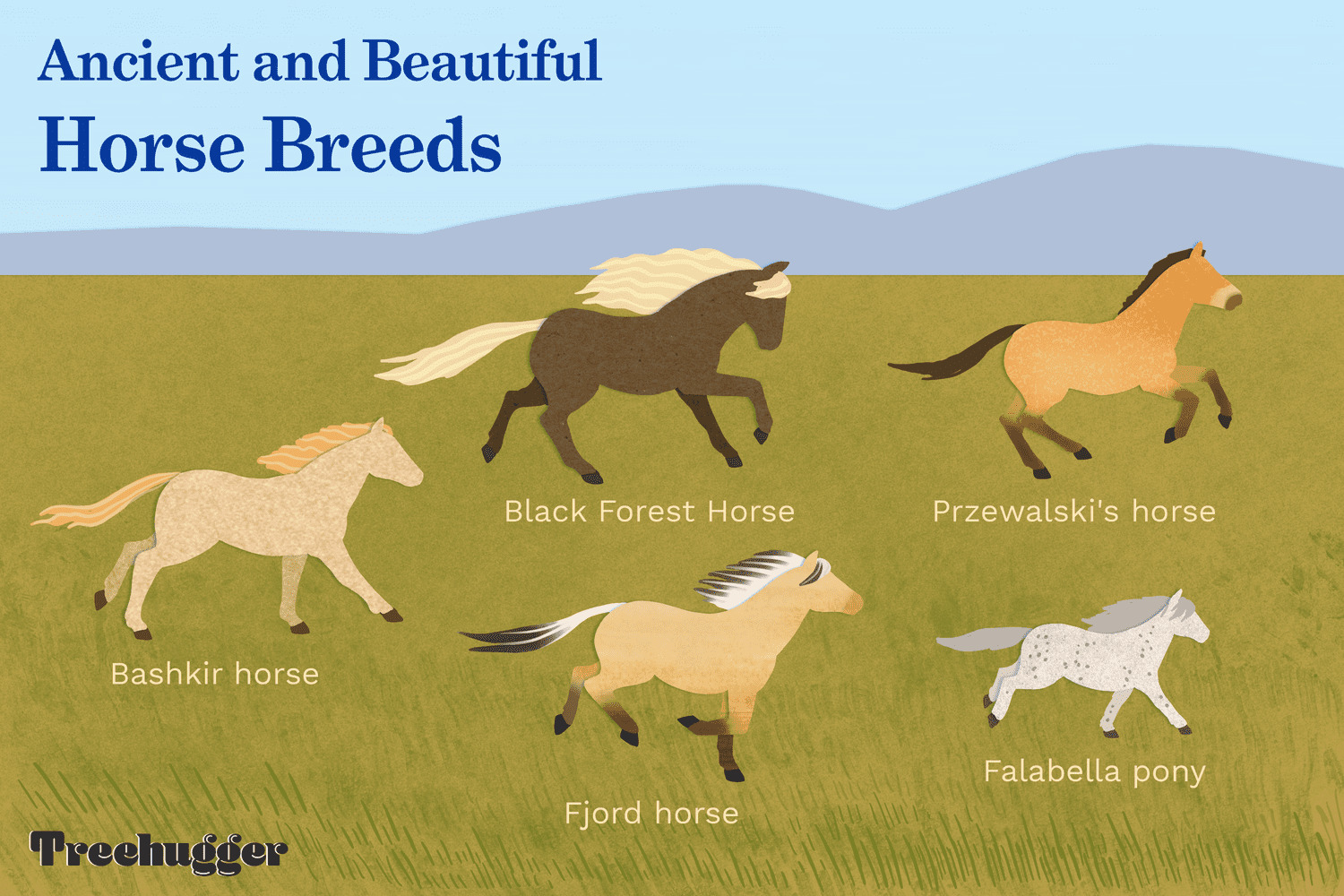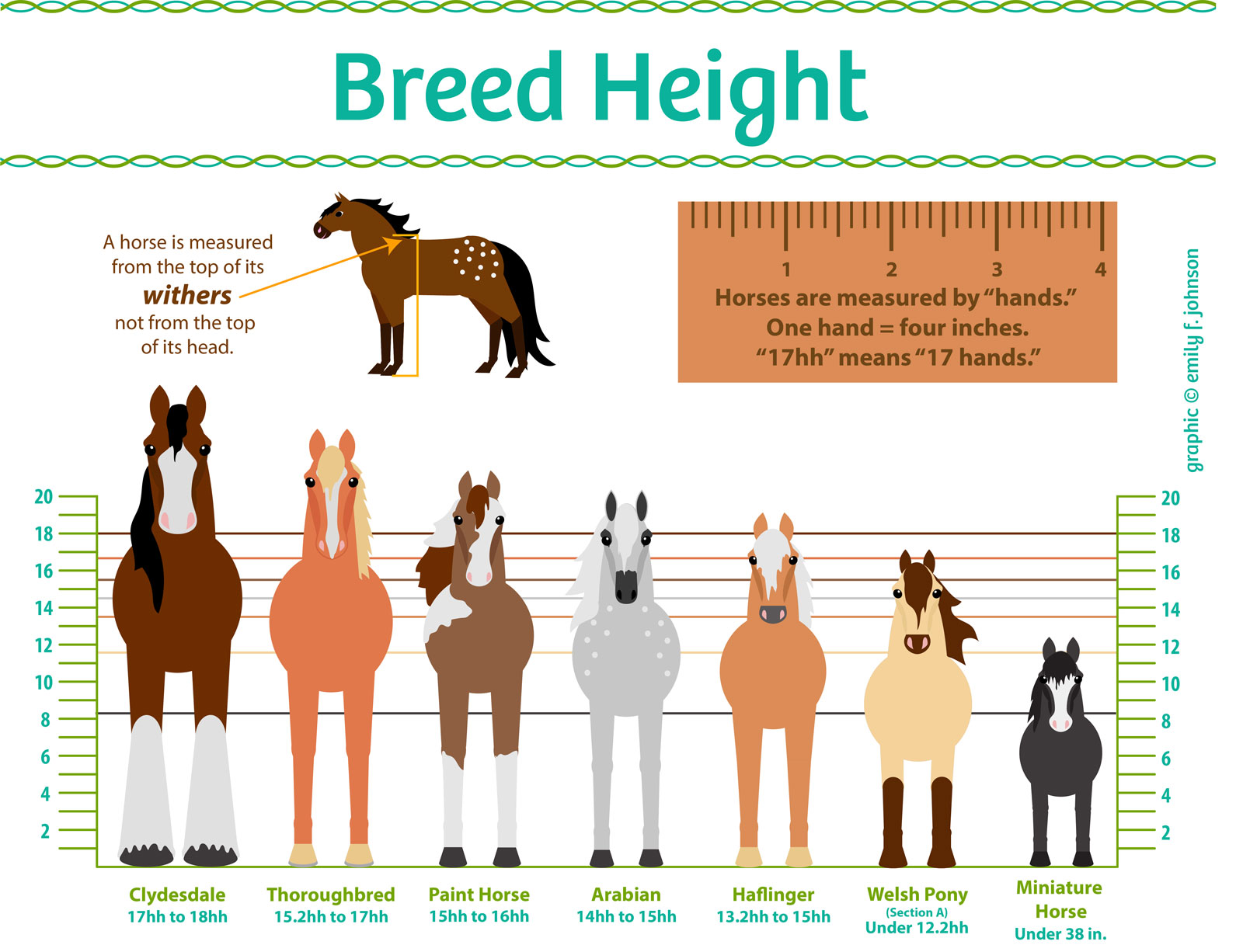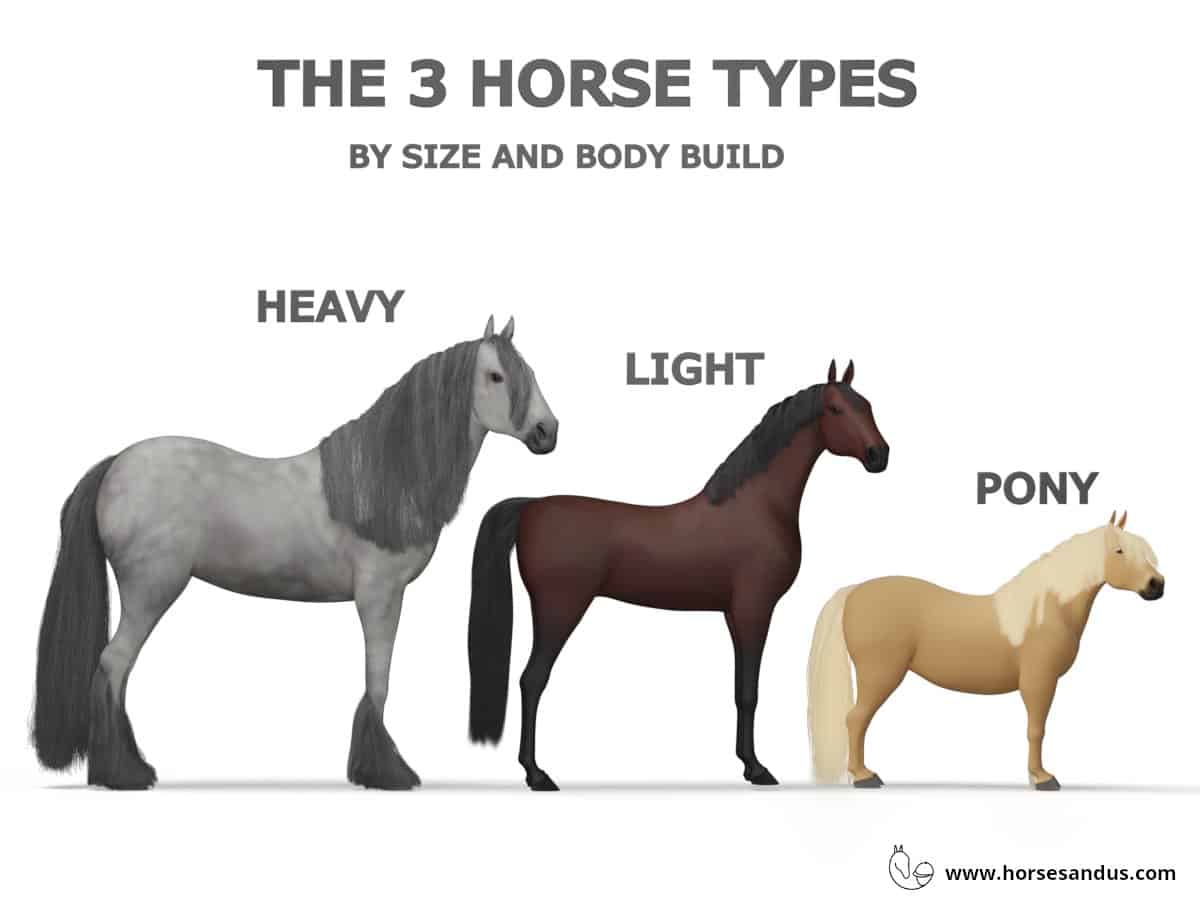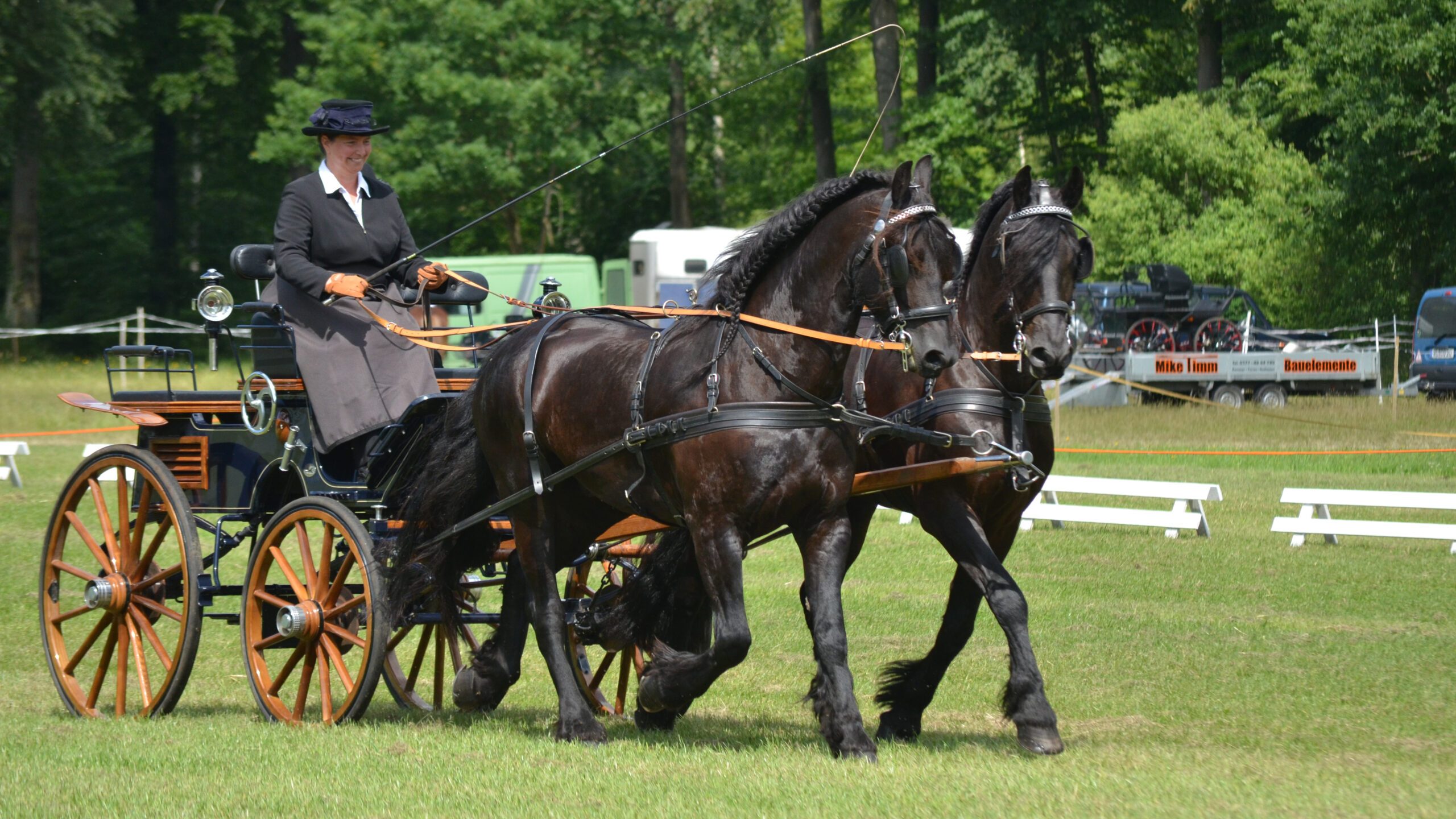Horses have been quintessential to human development, serving as companions, workers, and symbols of power and grace. Understanding the complexities of horse classification can enrich our appreciation for these magnificent animals. Classification plays a crucial role in breeding, training, and the overall care of horses. This article delves into the world of equine classification, exploring the taxonomy, the vast array of breeds and types, their uses, physical characteristics, and their profound impact on society.
Understanding Horse Classification

The art of categorizing horses extends beyond mere identification, offering insights into their distinct characteristics and the roles they have adapted through selective breeding. It’s a nuanced system that supports informed decision-making for enthusiasts and professionals in areas such as breeding and horse care.
Exploring the Taxonomic Hierarchy of Horses
In the taxonomic hierarchy, horses are organized within the order Perissodactyla, which includes all odd-toed ungulates that are herbivorous. The family Equidae is comprised of horses, zebras, and asses, with the genus Equus signifying a more refined categorization within the family. Domestic horses belong to the species Equus ferus, with the subspecies caballus, setting them apart from their wild relatives.
Distinguishing Between Horse Breeds
The domestic horse is represented by a multitude of breeds, reflecting a history of targeted breeding to enhance desired traits for specific uses or aesthetics. This ongoing process has produced a spectrum of breeds, each with its own set of physical and behavioral qualities that contribute to their distinctiveness.
- Light Riding Breeds: Renowned for their agility and endurance, examples include the Arabian and Thoroughbred.
- Heavy Draft Breeds: Recognized for their strength and capacity for demanding work, such as the Clydesdale and Shire.
- Gaited Breeds: Known for their unique, comfortable gaits, like the Tennessee Walker.
Evaluating Characteristics for Horse Classification
Conformation, gait, and temperament are critical factors in assessing horses for classification. These elements are integral in determining a horse’s aptitude for various equestrian disciplines. The unique movement patterns of certain breeds and the behavioral tendencies that align with rider experience levels are all considered in this evaluation.
The Intricacy of Horse Species and Breed Relationships
The tapestry of horse breeds is shaped by an interplay of genetic heritage, cultural history, and human necessity. For instance, the Friesian is celebrated for its elegance and is a product of its Dutch origins, while the Mongolian horse’s resilience is a reflection of the needs of nomadic lifestyles. This diversity highlights the horse’s versatility and the species’ historical roles.
Technological Impact on Horse Classification
The precision of horse classification has been significantly advanced by scientific research. Genetic testing is a cornerstone in identifying breeds, ensuring purity, and preventing hereditary conditions. This progress has also reinforced conservation initiatives for rare and endangered breeds.
The Role of Culture and History in Defining Horse Breeds
Cultural and historical factors are deeply ingrained in the identity and classification of horse breeds. The development of breeds like the Andalusian and the Australian Stock Horse reflects the societal needs and histories of their regions, illustrating the profound bond between horses and human civilization.
Exploring the Spectrum of Equine Diversity

The equine realm is a mosaic of breeds, with each one embodying unique attributes shaped by centuries of partnership with humans. The roles filled by these equine categories span from companionship to practical work, showcasing their adaptability and strength. This exploration seeks to highlight the distinct qualities and histories that carve out each breed’s niche in the equine world.
Assessing Equine Characteristics
When distinguishing among the plethora of equine breeds, we consider various physical and behavioral attributes. Body size and muscle composition play pivotal roles; for example, the diminutive stature of a Falabella and the muscular build of a Percheron serve different purposes. Temperament is another important factor, ranging from the calm disposition of draft breeds to the vivacity of performance-oriented horses.
Equine Cultures and Origins
Equine breeds often bear the names of their places of origin, reflecting the traits esteemed by the societies that developed them. For example:
- The Lipizzaner is central to classical dressage and hails from Slovenia.
- The Icelandic Horse, known for its tölt gait, originates from Iceland’s rugged landscape.
These breeds serve as emblems of their native lands and their cultural heritage.
Widespread Acclaim of Certain Breeds
Certain horse breeds have achieved fame far beyond their local confines. The Arabian horse, recognized for its unique features and endurance, has deeply influenced many other breeds. Meanwhile, thoroughbreds are universally associated with the racing industry, and breeds like the Dutch Warmblood have excelled in competitive equestrian sports.
Unique Breed Contributions
Some breeds offer distinct contributions to the equine world:
- America’s Morgan horse is celebrated for its all-around capabilities.
- The Camargue horse is indigenous to France and adapted to its marshy environment.
- The Akhal-Teke, hailing from Turkmenistan, is renowned for its athletic abilities and striking coat.
These examples underscore the diversity and unique traits found across horse breeds.
Conservation Efforts in the Equine World
The perpetuation of horse breeds is an endeavor filled with dedication. Meticulous documentation by breed registries plays a vital role in conserving pure bloodlines. Conservation initiatives are crucial for the survival of rare breeds, such as the Przewalski’s horse, enabling these equine treasures to be appreciated by future generations.
Equine Adaptability and Progress
Horse breeds continue to evolve in response to changing environments and human requirements. New breeds emerge through selective breeding, while others are developed to preserve desirable historic traits that remain valuable today. This dynamic advancement underscores the evolving landscape of equine categories.
The Cultural Tapestry of Horse Breeds
The cultural impact certain horse breeds have on their societies is profound. India’s Marwari horse, for instance, is a symbol of tradition and nobility, while Portugal’s Lusitano is closely linked with its bullfighting heritage. These breeds enrich the cultural identities of their regions, celebrated in various traditions and equestrian festivities.
Delving into Horse Varieties and Their Functions

The myriad roles that horses fulfill in human activities showcase a spectrum of specialized breeds honed for particular tasks. Horses have been integral to various sectors, including agriculture, entertainment, therapy, and recreation, reflecting their versatility and the strong partnership they maintain with humans.
Modern-Day Equine Laborers
Today, horses still play a vital role in specific industries and traditional practices:
- Contemporary Farming: Certain breeds remain essential in agriculture, especially in areas where conventional methods are upheld.
- Eco-Friendly Logging: In forestry, some breeds contribute to eco-conscious timber harvesting.
- State Ceremonies: Various breeds are chosen for their regal presence in official parades and events.
Competition-Optimized Horse Breeds
In the realm of equestrian sports, horses are selectively bred for attributes that provide a competitive advantage:
- Short-Distance Racing: Breeds are cultivated for their powerful bursts of speed, enriching the racing scene.
- Jumping Disciplines: Certain horses are revered for their jumping skills, making them suitable for show jumping and other related events.
- Combined Training: Breeds that demonstrate a combination of agility, endurance, and jumping ability are preferred for eventing.
Preferred Breeds for Recreational Riding
Recreational riding remains a beloved hobby, with some horses being particularly favored for their suitability to leisure activities:
- Smooth Riding: Breeds with comfortable gaits are chosen by trail riding aficionados for their ease of movement.
- Therapeutic Riding: Certain breeds are selected for therapy programs due to their stable temperament and size.
- Family-Friendly Horses: Breeds that are both attractive and amiable often become cherished companions for various equine-related leisure pursuits.
Service-Oriented Equines
Horses also serve in capacities that benefit community safety and assistance:
- Law Enforcement: Breeds that exhibit a composed demeanor are part of mounted police units.
- Search and Rescue Missions: In inaccessible areas, resilient breeds are invaluable for their agility and endurance.
The diverse array of horse varieties, from robust workhorses to the elegant Arabian, exemplifies the intricate roles these animals play. With each breed’s distinct features, they continue to meet and evolve with societal needs, ensuring their legacy and significance in human culture is both honored and sustained.
Insights into the Variety of Horse Breeds

Horse breeds possess traits refined through selective breeding, meeting diverse human needs. This has led to an array of horses, from the swift hotbloods to the sturdy coldbloods, each with unique qualities shaped by environmental and breeding influences.
Defining Hotbloods, Warmbloods, and Coldbloods
Hotbloods are known for their agility and spirited natures, often favored in racing and long-distance events. Warmbloods, blending hotblood and coldblood characteristics, excel in equestrian sports. Coldbloods, such as the Clydesdale, are valued for their strength and gentle temperament, suited for tasks requiring power.
Subcategories Within Warmbloods and Coldbloods
- Sport Horses and Baroque Horses: Breeds like the Dutch Warmblood and Andalusian are recognized for their abilities in jumping, dressage, and classical riding disciplines.
- Draft and Carriage Breeds: The Belgian Draft and Friesian, for example, have historically served in agriculture and as eye-catching carriage horses.
The Charm of Ponies and Miniature Equines
Ponies and miniature horses, distinct from full-sized breeds, have a special place in the equine world. Ponies are sturdy, reliable, and suitable for children, while miniature horses, with their compact size, are often kept for companionship and competitive shows.
Characteristic Traits of Ponies and Miniature Horses
- Ponies: Recognizable by their height under 14.2 hands and a stockier physique.
- Miniature Horses: Engage in various show events, valued for their sociable nature and suitability as pets.
Understanding Climate-Related Equine Classifications
Horses have adapted to their native climates, influencing their physical attributes. Horses from colder regions typically have thicker coats and a more robust build, while those from warmer areas may exhibit finer coats and a slimmer body structure.
Equine Adaptations to Different Climates
| Climate | Adaptations | Representative Breeds |
|---|---|---|
| Cold | Insulating coats, solid build | Norwegian Fjord, Russian Budenny |
| Temperate | Adapted coat, all-purpose build | German Hanoverian, British Connemara Pony |
| Hot/Dry | Light coats, streamlined physique | Arabian, Akhal-Teke |
The adaptability and utility of horses across different climates have made them indispensable throughout history and into the present day. Their specializations highlight the bond between humans and equines and the roles horses continue to play in various aspects of life.
Distinctive Features for Horse Varieties Identification

Characteristics such as coat colors, patterns, and markings play an instrumental role in the identification, classification, and breeding of horse varieties. These features not only capture our attention aesthetically but also provide insights into a horse’s heritage and potential for various equestrian pursuits.
Coat Color Diversity and Significance
A horse’s coat color is a direct reflection of its genetic background and can range widely across breeds. Recognizing these colors is key in maintaining breed standards:
- Bay: This common color in various breeds features black points over a brown body.
- Chestnut: Exhibiting a spectrum of red hues, often found in Arabians.
- Black: This solid color, as seen in Friesians, exudes elegance and power.
- Grey: Known to lighten over time, this color is iconic in Lipizzaners.
- Dun: Characterized by a distinctive dorsal stripe, as seen in Mustangs.
Equine coat patterns, such as the striking pinto or the speckled appaloosa, add further complexity and are emblematic of specific breeds.
Distinguishing Markings for Registry and Beauty
Unique facial and leg markings serve as identifiers for individual horses, similar to fingerprints in humans, and are vital for registry accuracy:
- Stars: These marks on the forehead vary in shape and size.
- Stripes: Long white marks running down the nasal bridge.
- Blazes: Broad white facial markings that can vary in width.
- Socks: Markings that rise from the hoof, differing in height.
These markings are integral in distinguishing individuals within horse varieties, enhancing both their identification and aesthetic appeal.
Mane and Tail: Indicators of Breed and Health
The appearance of a horse’s mane and tail often reflects its breed and care. For example, the lush mane of an Andalusian signifies its breed, while the sparse mane of certain wild-types like the Zebra Dun indicates a different heritage.
Conformation as a Criterion for Classification
The size and body structure of horses are crucial in breed classification, revealing the intended purpose of the horse:
- Light Horses: Agile and swift, these horses are built for performance.
- Heavy Horses: Their more substantial build equips them for laborious tasks.
- Ponies: Their smaller size and sturdy build make them versatile for various roles.
Understanding these conformational differences supports the categorization of horse breeds and informs breeding decisions.
Facial Features and Ear Orientation
The contours of a horse’s head and the stance of its ears can be indicative of its breed and disposition. The elegant dished profile is characteristic of the Arabian, while a robust head suggests a draft lineage. Ear positioning, such as the perked ears of an attentive horse, is particularly valued in competitive settings.
Hoof Differences Among Horse Varieties
Horse hooves differ across breeds in shape and constitution, impacting their suitability for various terrains and the level of care they require. For example, the Mustang’s durable hooves are well-suited for rugged landscapes, whereas the softer hooves of breeds like the Shire are adapted for damper environments.
In-depth knowledge of these physical dimensions facilitates accurate horse identification and enhances the selection of horses for specific roles in equine activities, contributing to the progress and care of horse varieties.
Enhancing Techniques in Equine Identification and Cataloging

Equine experts employ a combination of traditional methods and innovative technologies to ensure the precise recognition and cataloging of horse varieties. This approach is critical for safeguarding genetic purity, optimizing performance, and guiding effective management practices. Modern genetic science and a deep understanding of equine traits form the foundation of today’s sophisticated equine identification strategies.
Technological Innovations in Equine Tracking
Digital advancements have revolutionized equine identification with the adoption of microchipping. This involves inserting a small chip under the horse’s skin, which stores a distinct identification number. This modern method simplifies the tracking of a horse’s pedigree, health records, and ownership details.
- A distinct code in each microchip corresponds with international databases for uniformity.
- Specialized scanners access vital information from the microchips efficiently.
- Microchipping is instrumental in deterring theft and facilitating the recovery of misplaced equines.
Retaining Photographic Records for Breed Recognition
High-quality photographic records complement digital methods by capturing a horse’s unique physical aspects. Such imagery is particularly beneficial for documenting distinct markings and coloration that genetic tests might not reveal, as well as developmental changes over the horse’s lifetime.
- Photographs from various angles detail coat patterns and body shape.
- Images from the front emphasize unique facial markings and the set of the ears.
- Detailed photographs can expose individual traits like hair whorls and distinguishable scars.
Insights from Dental Examination
Dental analysis offers valuable information regarding a horse’s age, which is a vital factor in breed recognition and lineage documentation. The condition, wear, and arrangement of teeth provide insight into a horse’s life history and nutrition, contributing to their overall profile.
| Life Stage | Dental Characteristic | Role in Identification |
|---|---|---|
| Young Equines | Deciduous teeth present | Signifies age below five years |
| Adult Equines | Molar wear patterns | Provides clues to age and work history, influencing breed classification |
Behavioral Insights in Classification
Behavioral patterns are indicative of particular horse breeds and are considered alongside physical attributes for classification. Analyzing a horse’s behavior, such as its response to training and natural instincts, can give additional depth to understanding its breed and potential applications in various equine disciplines.
- The steady nature of some horses may reflect their alignment with labor-intensive roles.
- Eagerness and alertness might suggest a predisposition for competitive endeavors.
- Innate actions, like herding, can hint at a horse’s lineage within working breeds.
Biometric Analysis for Enhanced Precision
Biometric analysis quantifies a horse’s physical features, such as body proportions and bone structure. These measurements are important for verifying a horse’s conformity to breed standards and assessing its potential for particular activities.
- Body metrics are compared to established standards to confirm breed authenticity.
- Assessment of biomechanical data aids in determining performance capabilities.
- Biometric measurements supplement genetic data for a holistic view of the horse.
By integrating these modern and conventional methods, equine professionals ensure the accurate identification and documentation of horse breeds. This comprehensive approach maintains lineage integrity, enhances the understanding of equine traits, and promotes the sustainable development of equine diversity.
The Enduring Presence of Equines in Human Culture

Horses have been pivotal in shaping human history and culture, their roles extending into various domains such as ceremonial traditions, therapeutic interventions, and artistic representations. These noble animals have become emblematic of traditions and advancements, strengthening community ties and playing a key role in conservation initiatives. A comprehensive examination of the functions served by different horse breeds and types deepens our understanding of their perpetual influence on human civilization.
Horses: A Symbol in Art and Festivity
Throughout history, the horse has captivated the human imagination, featuring prominently in lore and artistry. Horses have been the focal point of numerous cultural events, embodying concepts of elegance and prosperity. For instance, they hold a significant place in the Spanish Running of the Bulls and are celebrated during the Chinese Spring Festival. The specific breeds that feature in these events are a testament to human admiration for these animals, underlining the deep connection between equines and cultural identity.
Global Efforts in Equine Genetic Conservation
The genetic heritage of horses is a treasure that requires active preservation. Conservationists and equine enthusiasts worldwide are committed to this cause, particularly for breeds at risk of disappearing. Through careful genetic management and breeding strategies, these teams work to retain the integrity and vitality of horse breeds, ensuring that the living history they represent can be passed down to future generations.
Equines as Catalysts for Learning and Recovery
With their diverse range of temperaments and physical capabilities, horses have emerged as valuable partners in educational and therapeutic settings. They play a significant role in aiding individuals with special needs, facilitating advancements in physical, emotional, and cognitive health. The selection of horse breeds for such programs is a thoughtful process, with each breed bringing its own strengths to these healing and learning environments.
The Role of Horses in Contemporary Media
In the entertainment industry, horses captivate audiences with their graceful performances on screen and stage. Breeds like the Andalusian are often associated with filmic splendor, while the Thoroughbred is linked to the thrill of racing. The portrayal of horses in modern media serves not only as a source of enjoyment but also as an educational medium, offering insights into the vast spectrum of equine attributes.
Horses Enhancing Community and Civil Services
In community services, horses are invaluable assets, contributing to therapeutic programs, law enforcement, and search and rescue operations. The attributes of horse breeds are carefully considered when assigning them to such roles. For instance, the dependable Clydesdale is often chosen for urban patrol duties, while the Mountain Horse is preferred for its agility in emergency situations across challenging landscapes.
- Equine-Assisted Therapy: Horses aid in rehabilitation, providing comfort and support.
- Civil Order Maintenance: Horses are utilized by police for their commanding presence and versatility in urban scenarios.
- Emergency Response: Horses’ stamina and capability in difficult terrains are crucial in search and rescue missions.
Reliving History Through Equine Reenactments
Historical reenactments allow us to experience bygone eras, with horses playing key roles in these vivid depictions of the past. Breeds are selected for their historical accuracy, enhancing the authenticity of the portrayal. Baroque horses, for instance, transport us to the days of European knights, while the American Quarter Horse evokes the spirit of the Wild West.
| Reenactment Genre | Featured Breed | Cultural Significance |
|---|---|---|
| Chivalric Events | Baroque Horses | Represent the breeds’ historical roles in aristocratic Europe. |
| Frontier Performances | American Quarter Horse | Highlight the breed’s contributions to pioneering American culture. |
Recognizing the multifaceted contributions of horses to our world allows for a deeper appreciation of their historical and contemporary significance. As we continue to discover the breadth of roles fulfilled by various horse breeds and types of horses, their enduring legacy in our lives is further cemented, illuminating the many ways they enrich our existence.
When it comes to understanding the equestrian world, knowing how horses are classified is fundamental. But there’s so much more to learn! For instance, have you ever wondered about the process behind their unique names? Dive into our article on how horses are named to discover the traditions and regulations that shape their monikers. If you’re curious about the breeding aspect, our detailed guide on how horses are bred provides insights into the selective breeding practices that produce various horse breeds with desired traits. And for those interested in the gear horses wear, whether for protection or performance, our explanation of what horses wear covers everything from saddles to boots. Explore these facets to get a more comprehensive understanding of these magnificent animals.
Conclusion
The classification of horses is a testament to their versatility and the depth of their relationship with us. It not only helps in understanding these noble creatures but also in protecting and celebrating their diversity.
Summary of Horse Classification
Horse classification encompasses a wide array of factors, from horse taxonomy to the roles they play in our lives. It is a dynamic system that reflects both the history and the evolving relationship between horses and humans.
Future of Equine Categories and Breeds
As we continue to advance our understanding of genetics and animal behavior, the future of horse classification is likely to become even more refined. Ensuring the welfare and diversity of equine breeds will remain a priority for those who cherish these remarkable animals.



